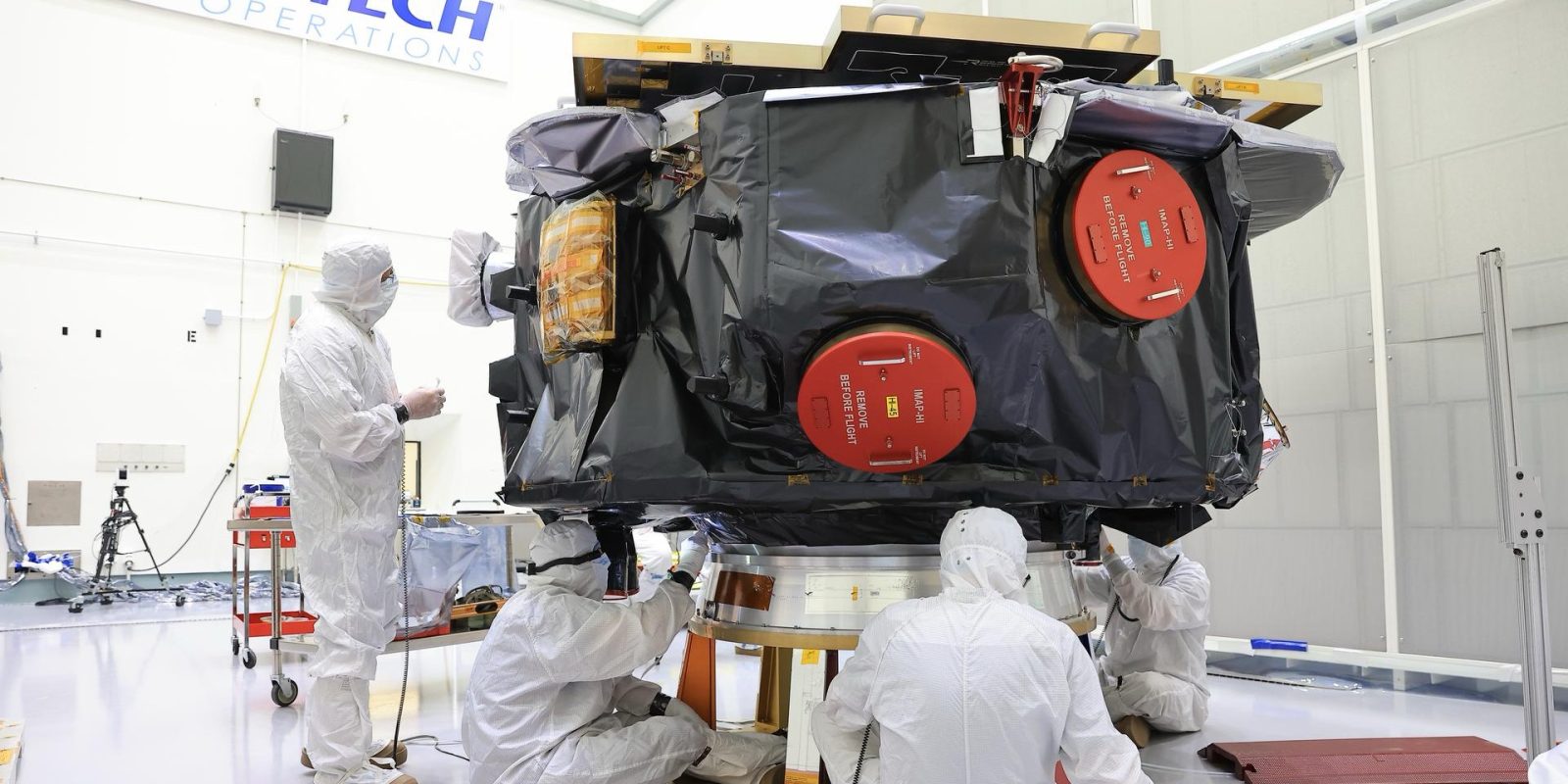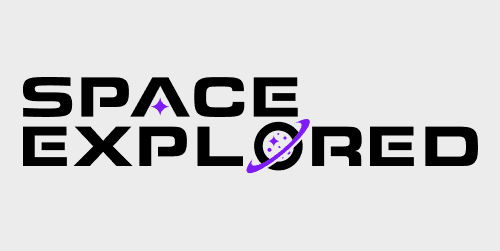
NASA is gearing up for a landmark late-September launch featuring three pivotal spacecraft: the Interstellar Mapping and Acceleration Probe (IMAP), the Carruthers Geocorona Observatory, and NOAA’s Space Weather Follow-On (SWFO-L1). The missions are being prepared at Astrotech Space Operations, a Lockheed Martin subsidiary in Titusville that has become one of the nation’s premier spacecraft processing hubs.
Astrotech regularly integrates spacecraft for NASA, the Department of Defense, and commercial providers, and recently hosted media for a rare look inside its cleanroom facilities.
IMAP: Decoding the heliosphere
Under the leadership of Principal Investigator David McComas, professor of astrophysical sciences at Princeton University, and built by Johns Hopkins University Applied Physics Laboratory, IMAP continues the legacy of NASA’s 2008 IBEX mission.
IMAP’s new-generation instruments will deliver sharper, higher-resolution measurements of the heliosphere — the solar wind–generated shield protecting Earth from galactic cosmic radiation.
With IBEX already re-pointed to align with IMAP’s scanning strategy, the overlapping datasets ensure a comprehensive, multi-year perspective on the heliosphere’s structure. The new spacecraft will downlink data via NASA’s Deep Space Network three times a week and provide continuous solar wind updates, all freely accessible to scientists worldwide.
This data is expected to bolster space weather modeling, critical for protecting GPS systems, power grids, and modern agriculture.
Carruthers: Capturing Earth’s faint halo
Named in honor of Dr. George Carruthers, whose ultraviolet camera flew on Apollo 16, the Carruthers Geocorona Observatory is led by Lara Waldrop of the University of Illinois Urbana-Champaign. From nearly one million miles away, the spacecraft will image Earth’s exosphere – a ghostly, hydrogen-rich outer atmosphere that acts as a shield during solar events.
By studying how Earth retains its water while Mars did not, Carruthers Geocorona Observatory hopes to shed light on planetary habitability and safeguards future lunar and Mars missions.
SWFO-L1: NOAA’s first dedicated space weather mission
While IMAP and Carruthers are focused on discovery, NOAA’s SWFO-L1 marks a historic first: it is NOAA’s first spacecraft dedicated solely to space weather forecasting.
Previously, space weather sensors were carried aboard Earth-weather satellites or research spacecraft. For the first time, NOAA will have an “always-on” platform positioned at the Sun-Earth Lagrange Point 1, about a million miles from Earth.
Richard Ullman, deputy director for NOAA’s Office of Space Weather Observations, described the partnership this way: “NASA’s job is to do basic research and discover new things. Our job is to take that understanding of the science and apply it to protecting our nation against environmental threats.”
From its distant vantage point, SWFO-L1 will deliver rapid, operational data. Forecasters expect coronal mass ejection imagery within 15 minutes of acquisition, and solar wind measurements within five minutes. This immediacy is expected to improve warnings for the power grid, satellite operators, aviation, GPS, and even precision agriculture .
Astrotech: The commercial processing hub
Astrotech Space Operations provides cleanroom assembly, fueling, and checkout for spacecraft before they head to the launch pad at Cape Canaveral. NASA awarded the company a multi-year Spacecraft Processing Operations Contract, cementing its role in preparing science missions like IMAP for flight.
With decades of experience integrating spacecraft for NASA, the Department of Defense, and commercial providers, the Titusville site remains a critical bridge between engineering labs and the final journey to space.
A team across borders
The trio of missions exemplifies international collaboration: IMAP brings together over 25 institutions across six nations, including Poland’s Academy of Sciences contributing its first spaceflight payload, the GLOWS ultraviolet instrument. SWFO-L1’s data will also be shared globally, with partners in Japan, South Korea, and Europe interested in building a more resilient forecasting network.
Looking ahead
The launch is currently scheduled for late September, with September 23 as the target date. Once in orbit, IMAP will begin mapping the heliosphere, Carruthers will capture the first wide-field images of Earth’s exosphere, and SWFO-L1 will provide real-time operational space weather monitoring.
Together, the three missions highlight the range of science NASA and its partners are pursuing – from fundamental heliophysics to applied forecasting – and the role of commercial facilities like Astrotech in preparing spacecraft for their final journey to space.
FTC: We use income earning auto affiliate links. More.




Comments